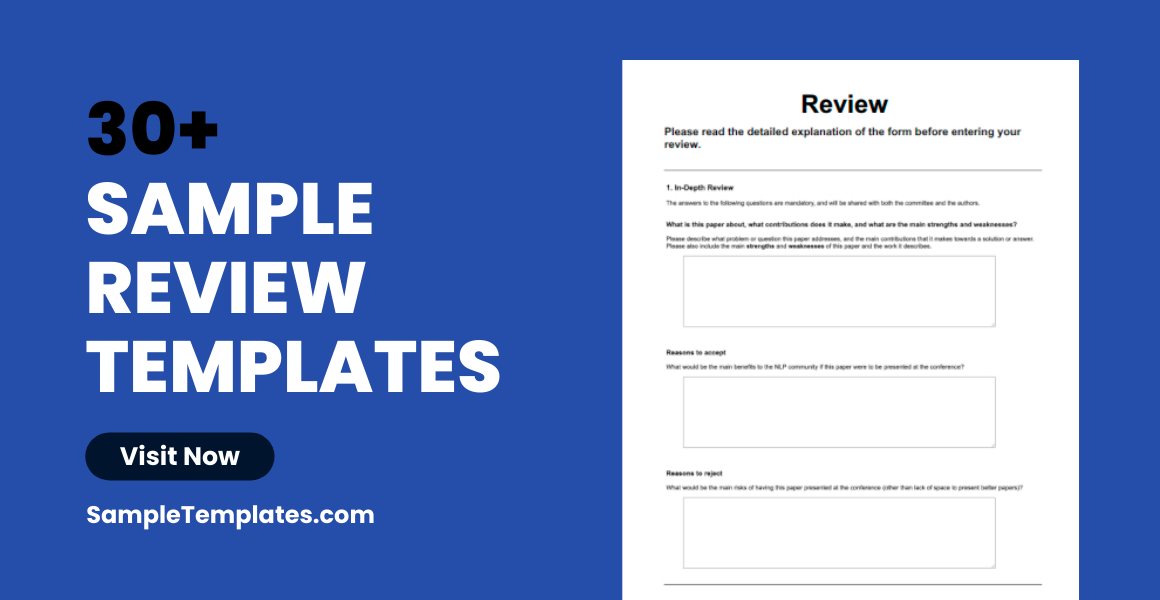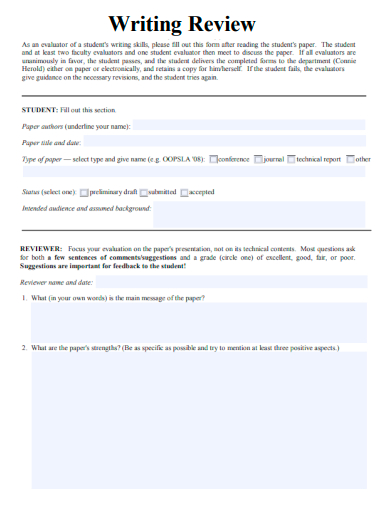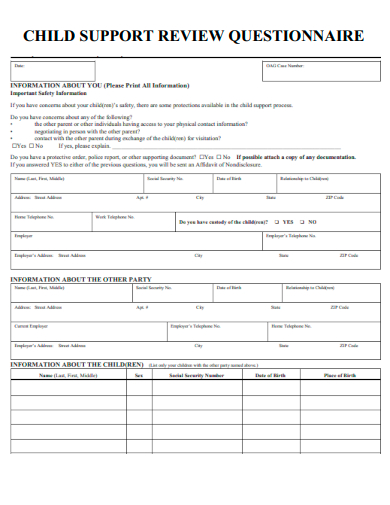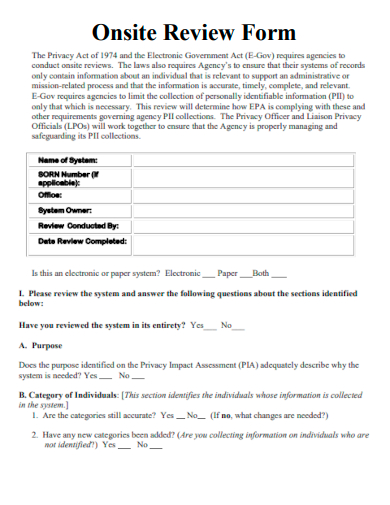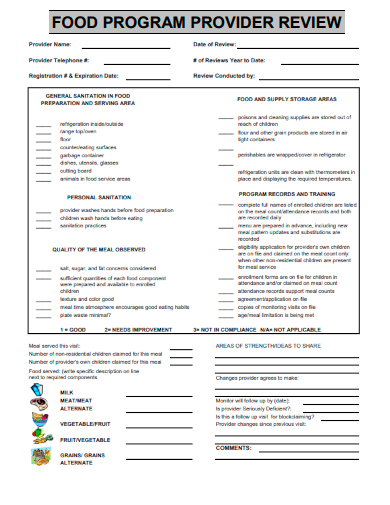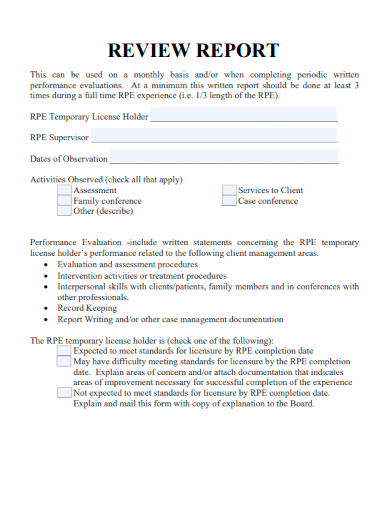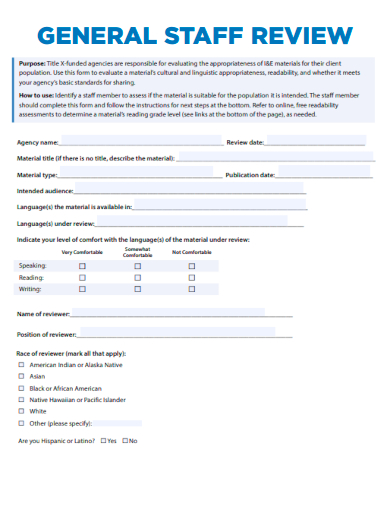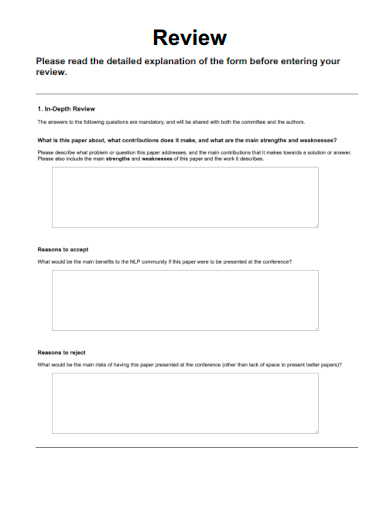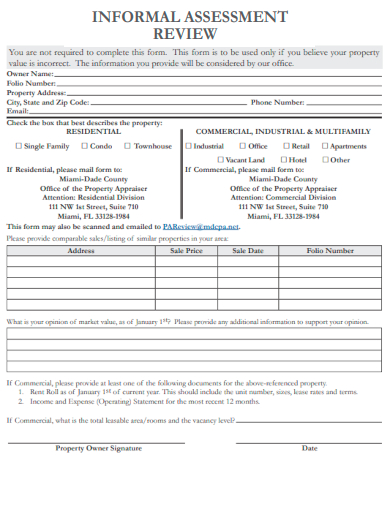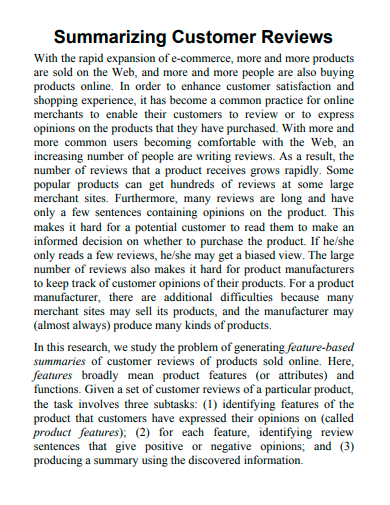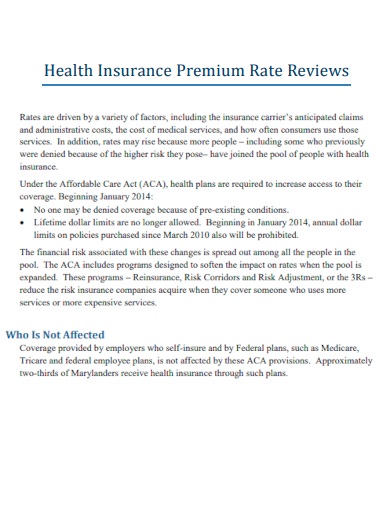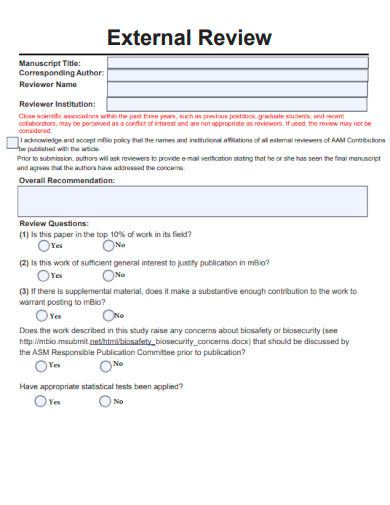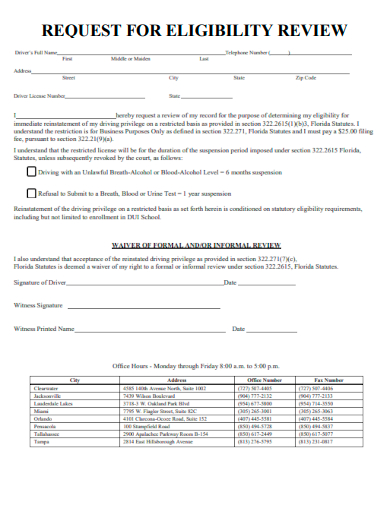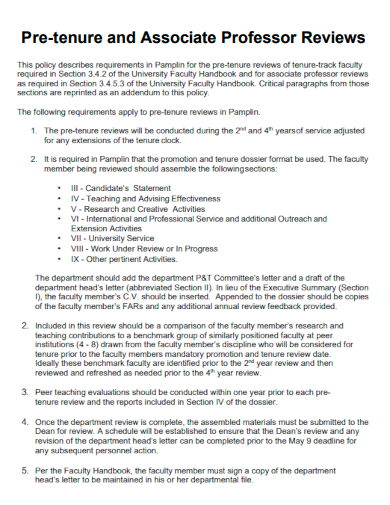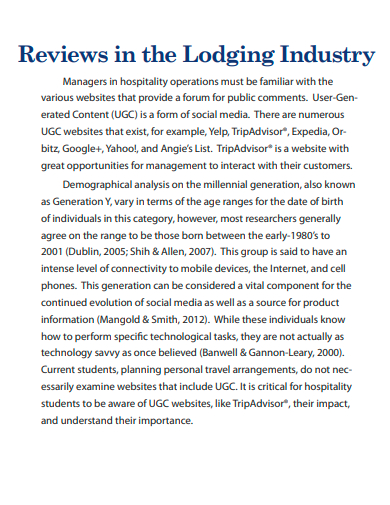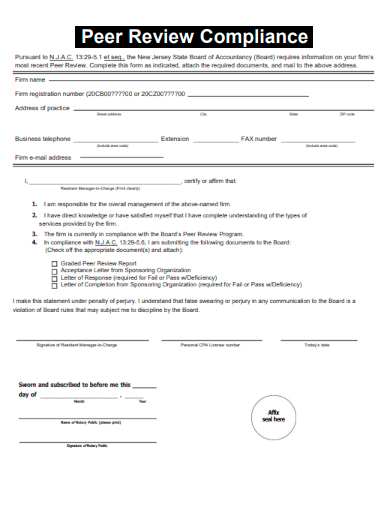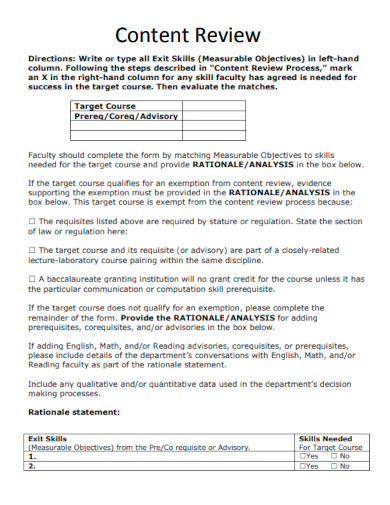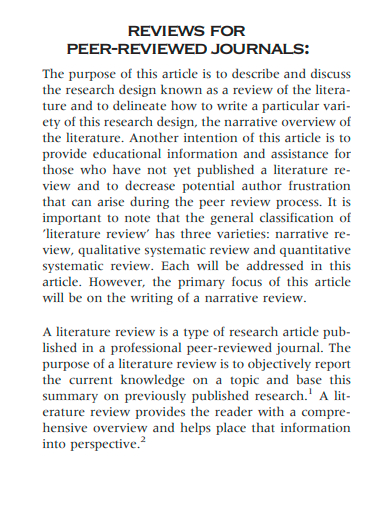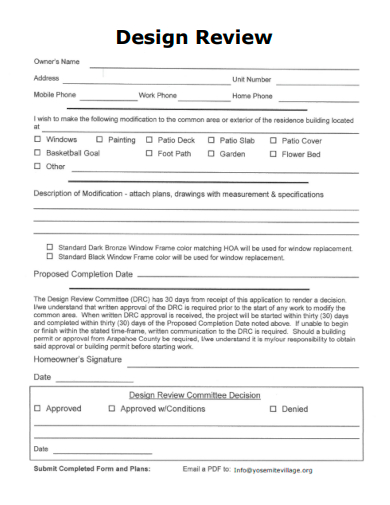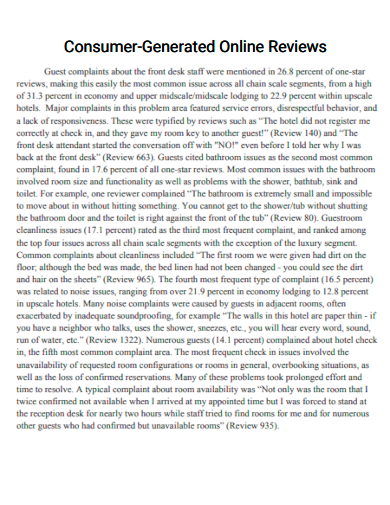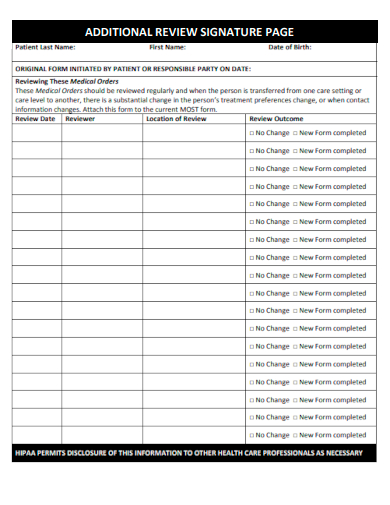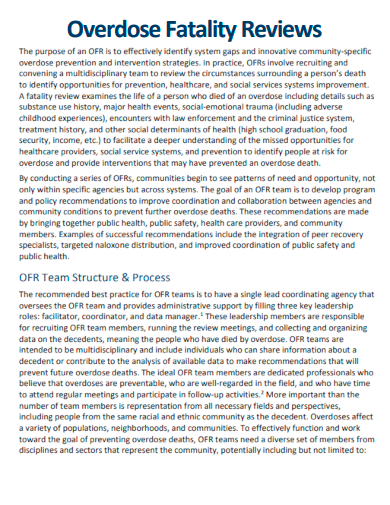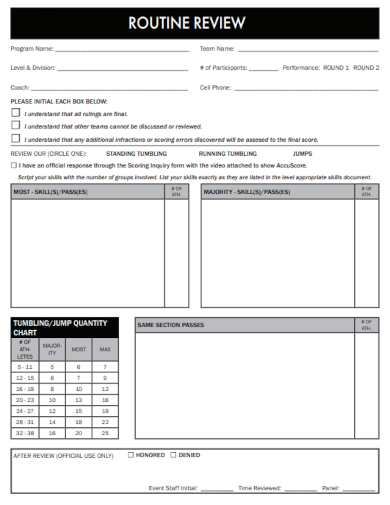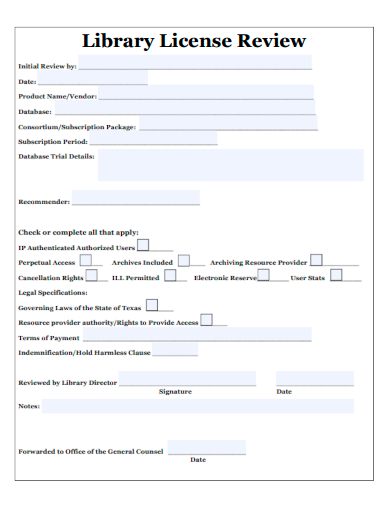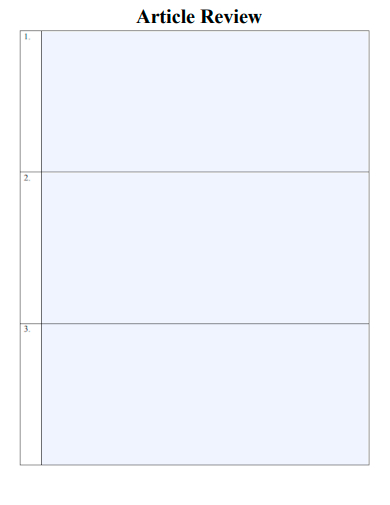Step into our detailed Review section, a highlight of our Sample Reviews. We thoroughly evaluate product capabilities to deliver insights you can rely on. In an ever-expanding marketplace, credible reviews become a beacon for decision-making. Our expertly crafted Performance Review sheds light on the top performers and the underwhelming alike. Navigate with confidence, knowing which products deserve your attention.
FREE 30+ Reviews Samples
1. Management Review Template
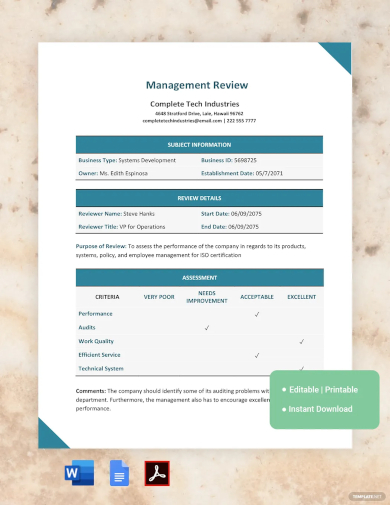
2. Performance Review Template
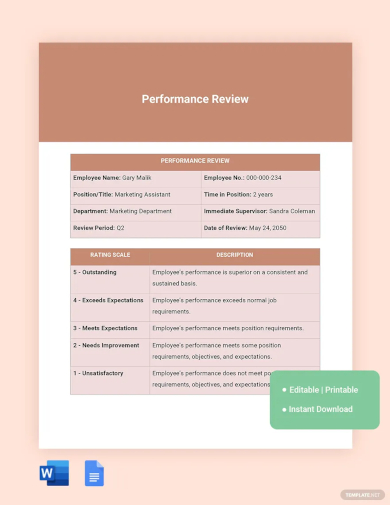
3. Service Review Template
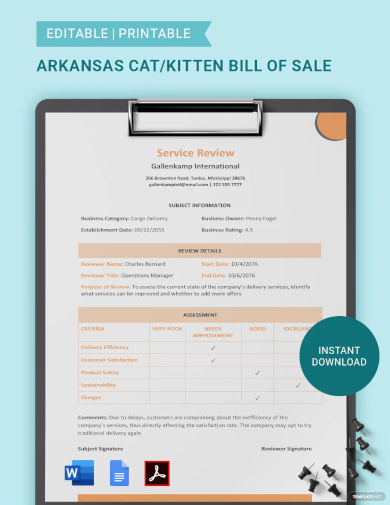
4. Movie Review Templates
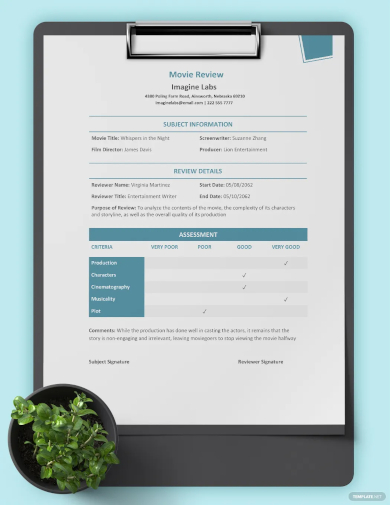
5. Literature Review Template

6. Writing Review
7. Child Support Review Questionnaire
8. Timeframe Review
9. Onsite Review Form
What is a Review?
At its core, a review is an evaluation or examination of a product, service, or performance. It offers a critical assessment, often accompanied by opinions, insights, or recommendations, based on the reviewer’s experience or analysis. In today’s digital age, reviews have become an integral part of our decision-making processes, influencing everything from what we purchase to where we dine, travel, or seek entertainment.
Origins of Reviews
Historically, reviews have always been a part of human culture. From ancient scholars critiquing literature and art to modern critics assessing movies and technology, the act of reviewing is deeply rooted in our desire to understand, appreciate, and share our experiences with others.
Types of Reviews
There are various types of reviews, each catering to specific needs:
Product Reviews: These focus on tangible items like gadgets, clothing, books, or any merchandise available for purchase. A product review evaluates the item’s functionality, design, durability, and overall value for money.
Service Reviews: These evaluate the quality and effectiveness of services, such as those offered by restaurants, hotels, or online platforms. Service reviews might consider factors like efficiency, customer service, and satisfaction.
Performance Reviews: These are often conducted in a professional setting to assess an individual’s job performance. It helps in understanding the strengths, areas for improvement, and overall contribution of an employee to an organization.
Literary and Media Reviews: Critiques of books, movies, music, and television shows fall under this category. They often assess content quality, storytelling, character development, and other artistic elements.
Peer Reviews: Common in academic and scientific circles, this type involves professionals or experts evaluating the work of their peers to ensure quality, accuracy, and relevance.
The Importance of Reviews
Informed Decision Making: In a world saturated with choices, reviews provide potential consumers with a clearer understanding of what to expect. They reduce uncertainty and help individuals make decisions aligned with their preferences and needs.
Feedback Loop: For businesses and creators, reviews offer invaluable feedback. They highlight what’s working and what’s not, allowing for improvements and innovation.
Building Trust: A transparent review system can help establish trust between consumers and brands. When potential customers see real feedback, they’re more likely to trust the product or service.
Enhancing Credibility: For authors, artists, and researchers, positive reviews can bolster credibility in their field, leading to increased readership, viewership, or citations.
The Digital Evolution
With the rise of the internet, reviews have transitioned from word-of-mouth and print media to online platforms. Websites like Amazon, TripAdvisor, Yelp, and Rotten Tomatoes, among others, thrive on user-generated reviews. Moreover, influencer reviews on platforms like YouTube or Instagram have introduced a new dynamic, blending personal opinions with marketing.
A review, in essence, is a reflection of one’s experience, distilled into insights that can guide others. Whether it’s for choosing a book, a gadget, a holiday destination, or understanding an academic paper’s merit, reviews play a pivotal role in shaping opinions and decisions in our interconnected world. As consumers, it’s vital to approach reviews critically, recognizing their subjective nature. As reviewers, honesty and clarity remain paramount.
10. Food Program Provider Review
11. Review Report
12. General Staff Review
13. Sample Review
14. Informal Assessment Review
15. Summarizing Customer Reviews
16. Health Insurance Premium Rate Reviews
17. External Review
18. Request for Eligibility Review
19. Pre-Tenure and Associate Professor Reviews
20. Reviews in the Lodging Industry
How to Write a Good Review
In an age dominated by digital interactions and online commerce, reviews have become a crucial tool for consumers and businesses alike. A well-written review can provide invaluable insights, while also serving as a guide for others. Here’s a detailed look at crafting an impactful review.
Understand Your Purpose:
Before you start writing, consider why you’re penning this review. Is it to commend an excellent product or service? Is it to offer constructive criticism? Or is it simply to share your experience? Understanding your purpose will shape the tone and content of your review.
Provide Context:
Begin with a brief introduction that offers context. If it’s a product, mention its name, brand, and where you bought it. If it’s a service or an experience, provide some background. For instance, were you looking for a romantic restaurant or a quick meal?
Be Honest and Objective:
The best reviews strike a balance between personal experience and objectivity. While it’s okay to share how you felt, it’s essential to base your opinions on factual occurrences. Did the gadget malfunction? Was the food too spicy? Be honest but stick to the facts.
Include Specific Details:
General statements like It was great! or It was awful! don’t offer much to the reader. Delve into specifics. What made it great? Why was it unsatisfactory? The more details you provide, the more valuable your review becomes.
Offer Constructive Criticism:
If you’re pointing out flaws or areas of improvement, be constructive. Instead of saying, “The service was slow,” you might suggest, “The restaurant might benefit from additional staff during peak hours.”
Highlight Positives:
Even if your overall experience was less than stellar, try to highlight any positives. Did the product have a unique feature? Was the ambiance of the place appealing, even if the service wasn’t?
Keep It Concise:
While it’s essential to be detailed, it’s equally important to be concise. Readers often skim through lengthy reviews, so make sure your main points stand out.
Proofread:
Before publishing or submitting your review, proofread it for clarity, grammar, and punctuation. A well-articulated review is more likely to be taken seriously.
Offer a Final Verdict:
Conclude with a summary of your experience and a recommendation. Would you buy the product again? Would you revisit the restaurant? This gives readers a clear takeaway.
Engage with Feedback:
Once your review is out there, be open to feedback. If someone comments on your review or asks a question, try to engage constructively.
Writing a good review is not just about sharing an opinion. It’s about conveying an experience in a way that’s helpful to others. By being thorough, honest, and constructive, your review can serve as a valuable resource for both consumers and businesses. Remember, the goal is not just to critique but to contribute to a broader conversation about products, services, and experiences in our shared digital space.
21. Residential Plans Examiner Review
22. Peer Review Compliance
23. Content Review
24. Reviews for Pre Reviewed Journals
25. Design Review
26. Consumer-Generated Online Reviews
27. Additional Review Signature Page
28. Overdose Fatality Reviews
29. Routine Review
30. Library License Review
31. Article Review
Tips for Effective Annual Reviews
Annual reviews, often termed as performance appraisals or evaluations, play a pivotal role in an organization’s growth and an employee’s professional development. They serve as checkpoints for progress, performance, and alignment with organizational goals. To ensure these reviews are constructive and effective, here are some essential tips:
Start with Self-Evaluation:
Before the review meeting, encourage employees to assess their performance. This self-reflection process can help them identify strengths, areas for improvement, and align their perspective with the reviewer’s feedback.
Prepare in Advance:
Don’t walk into a review meeting unprepared. Supervisors should gather data, feedback, and specific examples of an employee’s performance throughout the year. This groundwork ensures the discussion is based on facts and not just perceptions.
Create a Comfortable Environment:
The setting and atmosphere can significantly influence the review’s outcome. Opt for a private, quiet space where open communication can flow without distractions or the fear of being overheard.
Balance Positives with Areas of Improvement:
Start with the positive aspects of the employee’s performance to set a constructive tone. Then, transition to areas where there’s room for improvement. This balance ensures the review is comprehensive and fair.
Be Specific:
Vague feedback, whether positive or negative, can be unhelpful. Use specific examples to highlight a point, ensuring the employee understands the context and the desired outcome.
Avoid Recency Bias:
An annual review should be a reflection of the entire year, not just recent events. Avoid placing undue emphasis on recent achievements or shortcomings, and instead, take a holistic view of performance.
Set Clear Goals for the Upcoming Year:
Use the review as an opportunity to set goals and expectations for the next year. These should be Specific, Measurable, Achievable, Relevant, and Time-bound (SMART).
Encourage Two-Way Communication:
A review shouldn’t be a monologue. Encourage employees to voice their opinions, ask questions, and share their aspirations. Their input can provide valuable insights into team dynamics, organizational bottlenecks, and potential areas of growth.
Provide Resources and Support:
If an employee needs to improve in certain areas, ensure they have the necessary resources and support. This could be in the form of training, mentorship, or tools.
Document Everything:
It’s essential to document the review’s content, including feedback given, goals set, and any agreed-upon action steps. This record serves as a reference point for future reviews and ensures accountability.
An effective annual review goes beyond mere assessment; it’s a tool for motivation, alignment, and organizational growth. By approaching the process with empathy, clarity, and a forward-looking perspective, organizations can harness the true potential of these evaluations, fostering a culture of continuous improvement and mutual respect.
Related Posts
Visitors Log
Reflective Writing
Briefing Note
Timetable
Training Evaluation Forms
Acceptance Speech
Scientific Reports Samples & Templates
Attendance List Samples & Templates
Sample Meeting Minutes Templates
Presentation Speech Samples & Templates
Ukulele Chord Chart Samples & Templates
Retirement Speech Samples & Templates
Weekly Schedule Samples & Templates
Contractual Agreement Samples & Templates
FREE 9+ Amazing Sample Church Bulletin Templates in PSD | PDF
